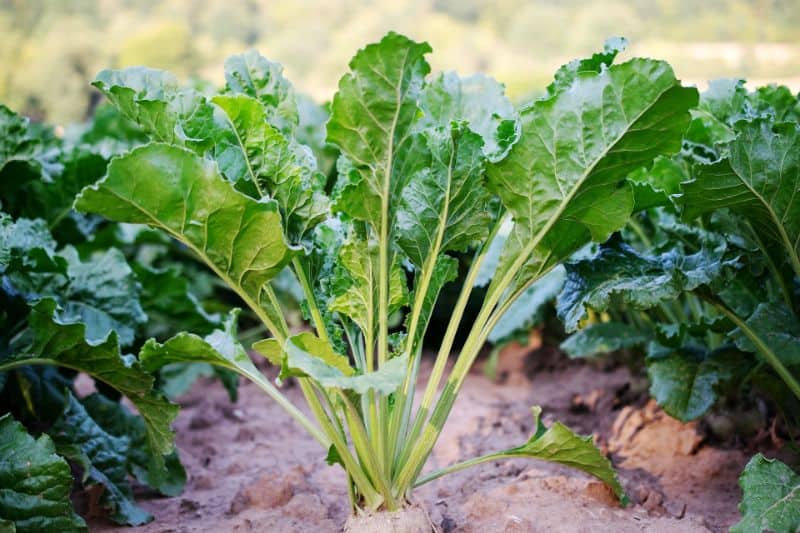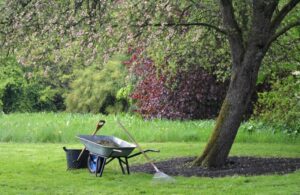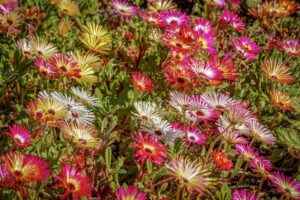Just because the temperatures are cooling down and the days keep getting shorter, that doesn’t mean you have to pack up your gardening tools and call it quits until spring. There are actually quite a few vegetables that can be planted in November and will thrive in the cooler weather. So, if you’re looking to extend your gardening season and enjoy a winter harvest, here are 25 vegetables to plant in November.
Rhubarb

Rhubarb is a popular choice for gardeners in colder climates because it’s one of the hardiest vegetables around. Rhubarb can withstand temperatures as low as -20 degrees Fahrenheit, making it a great option for November planting. One thing to keep in mind with rhubarb is that it takes a long time to mature—up to three years!—so be patient when growing this vegetable.
Turnips
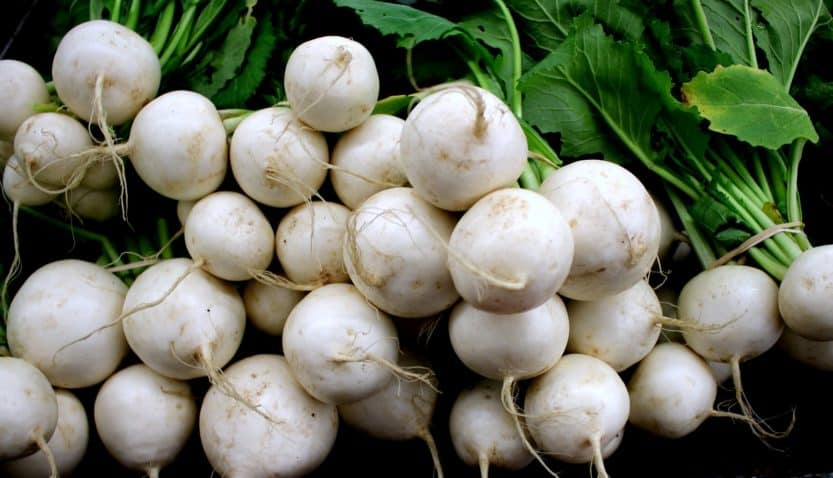
Turnips are another cold-hardy vegetable that can be planted in November. This root vegetable grows best in temperatures between 40 and 60 degrees Fahrenheit, so make sure to plant them in an area of your garden that gets plenty of sunlight. Turnips are a fast-growing vegetable; they mature anywhere from 30 to 60 days after being planted.
Leeks
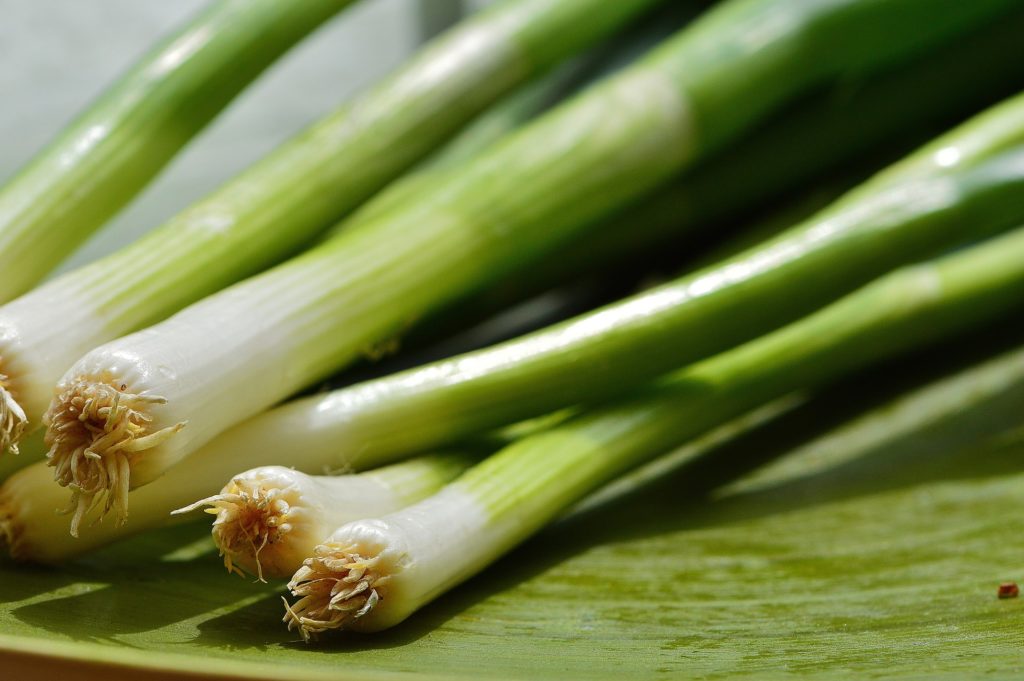
Leeks are a type of onion that can also be planted in November. They thrive in cooler temperatures and prefer well-drained soil with plenty of organic matter. Leeks can take up to four months to mature, so make sure you give them plenty of time to grow before harvesting.
Chives

Chives are a versatile herb that can be used in all sorts of dishes, from soups and salads to baked potatoes and omelets. They’re also one of the easiest herbs to grow, and they’ll thrive in any sunny spot in your garden. To get a jump start on the growing season, you can plant chives indoors in a pot or container. Just make sure to keep them well-watered and give them plenty of sunlight.
Kohlrabi

Kohlrabi is a member of the cabbage family, but it looks more like a turnip or radish. It’s often eaten raw, shredded into salads or slaws, but it can also be cooked and served as a side dish. Kohlrabi is a cool-weather crop, so it’s perfect for planting in November. It will take about two months for the kohlrabi to mature, so you should be able to harvest it in January or February.
Asparagus
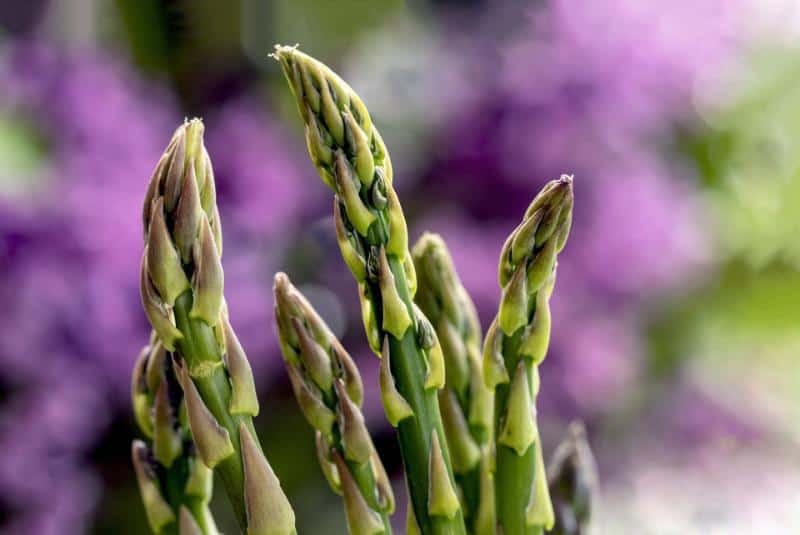
Asparagus is a perennial vegetable, which means it will come back year after year once it’s established. It takes a few years for asparagus plants to mature enough to produce spears that are large enough to eat, but it’s well worth the wait! You can start harvesting asparagus in late spring, just in time for all those delicious summer BBQs. To get a head start on the asparagus season, you can plant the roots (or crowns) in November. Just make sure to give them plenty of room to spread out—asparagus plants can grow up to four feet wide!
Brussels Sprouts

Brussels sprouts are a cool-weather crop that can actually be planted in late October or early November. They take about 90 to 120 days to mature, so if you plant them now, you can expect to harvest them in late winter or early spring.
When choosing a spot to plant your Brussels sprouts, look for an area that gets full sun and has well-drained soil, Brussels sprouts are fairly low-maintenance, but they do need to be watered regularly during the growing season.
Garlic
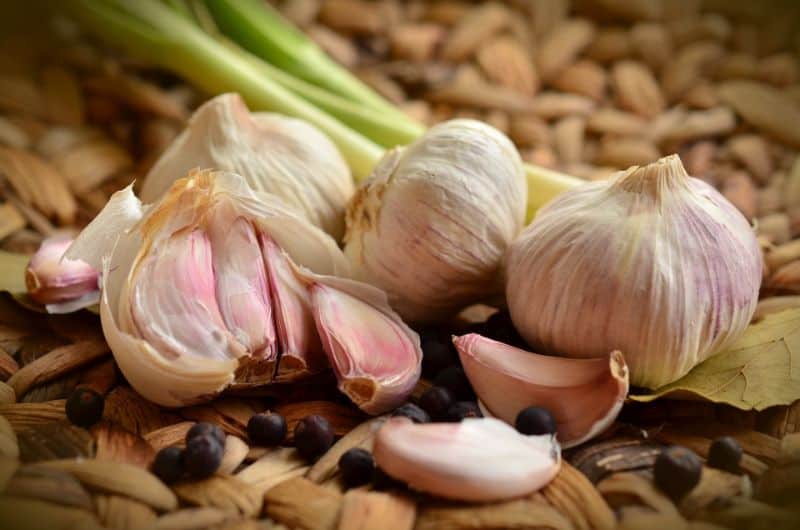
Garlic is another vegetable that can be planted in November. It’s actually best to plant garlic in the fall because it needs a period of dormancy (a rest period) in order to produce cloves.
When selecting a spot to plant your garlic, look for an area of your garden that gets full sun and has well-drained soil, garlic is a low-maintenance crop, but it does need to be watered regularly during the growing season.
Horseradish
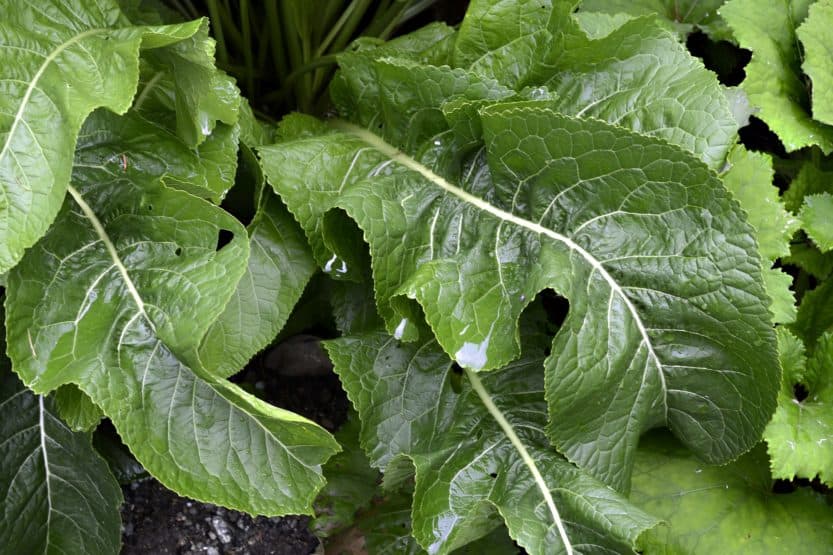
Horseradish is a root vegetable that can be planted in November. It’s a bit of a usual vegetable in that it’s actually best to plant horseradish in the spring—but if you missed the spring planting window, planting it in November is your next best bet. Horseradish prefers full sun but will also tolerate partial shade. It’s also quite tolerant of different soil types as long as the soil is well-drained. Horseradish is a fairly low-maintenance crop, but it does need to be watered regularly during the growing season.
Pea Shoots
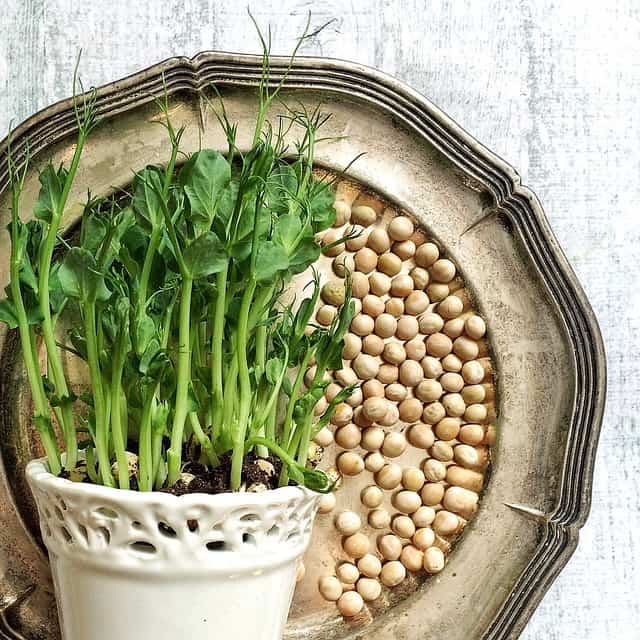
Pea shoots are fast-growing and can be harvested just a few weeks after planting. They’re perfect for adding to salads or as a tasty garnish on soup or other dishes.
Hardy Onions
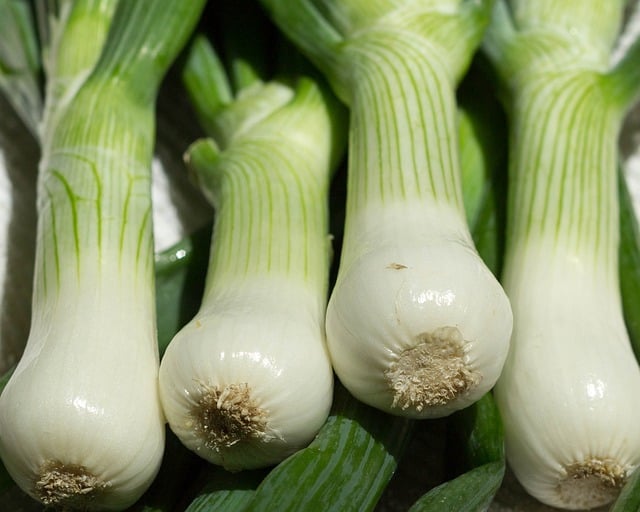
Hardy onions can be planted in November and will overwinter in most climates. They’ll be one of the first crops ready to harvest in spring.
Purple Basil
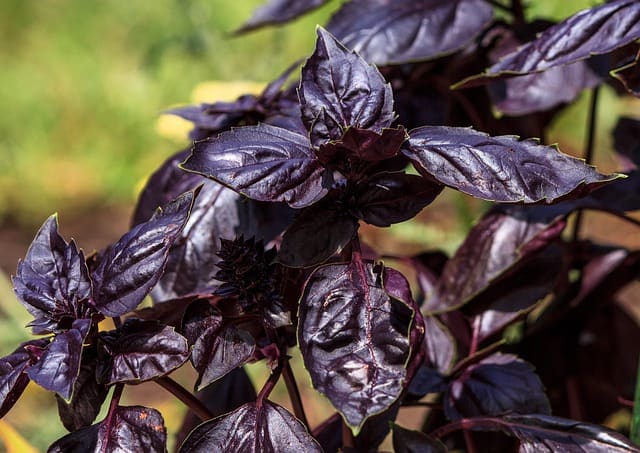
This variety of basil is perfect for cooler weather and can even tolerate a light frost. It makes a beautiful addition to any garden, and its flavor is perfect for pesto, pasta dishes, and more.
Mushrooms

Mushrooms are a great vegetable to plant in November because they love the cooler weather. Plus, they’re very low-maintenance and don’t require a lot of space. You can even grow them indoors! If you’re new to mushroom gardening, consider starting with an easy-to-grow variety like oyster mushrooms.
Beets
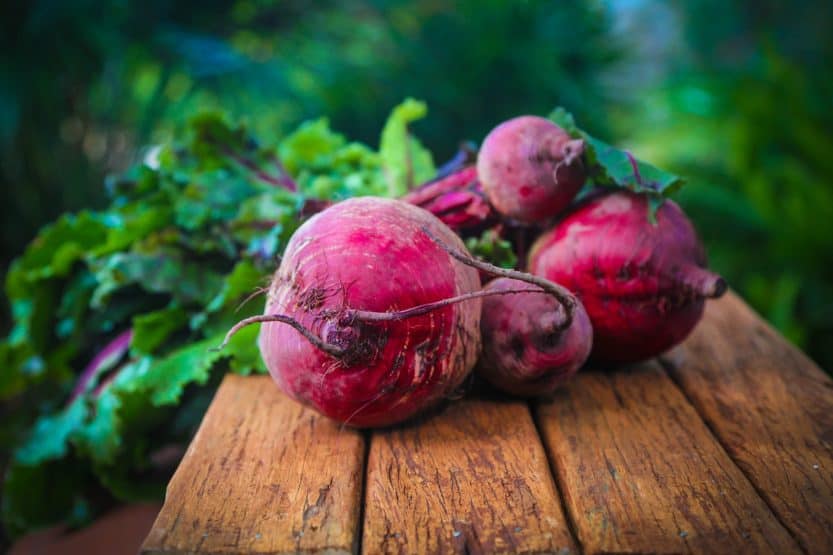
Beets are another cool-weather crop that does well when planted in November. They’re relatively easy to grow and can be used in a variety of recipes. One tip for growing beets: make sure to thin out your seedlings so that they have plenty of room to grow. Otherwise, you’ll end up with small, misshapen beets.
Carrots
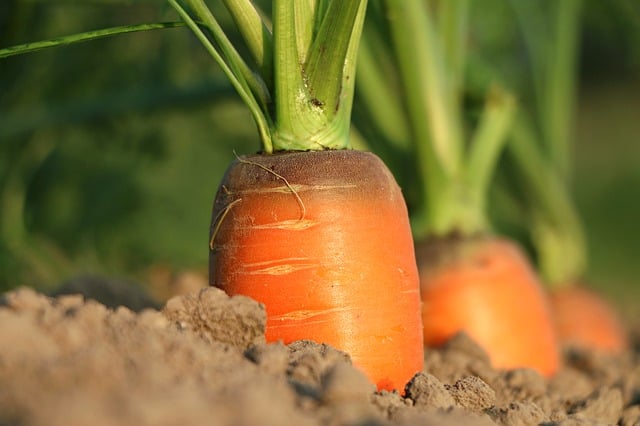
Carrots are a classic fall vegetable, and they’re also one of the best vegetables to plant in November. They’re very easy to grow and can be harvested throughout the winter months. One thing to keep in mind when growing carrots is that they need loose, well-drained soil. If your soil is too compacted, the carrots will be small and misshapen.
Chard
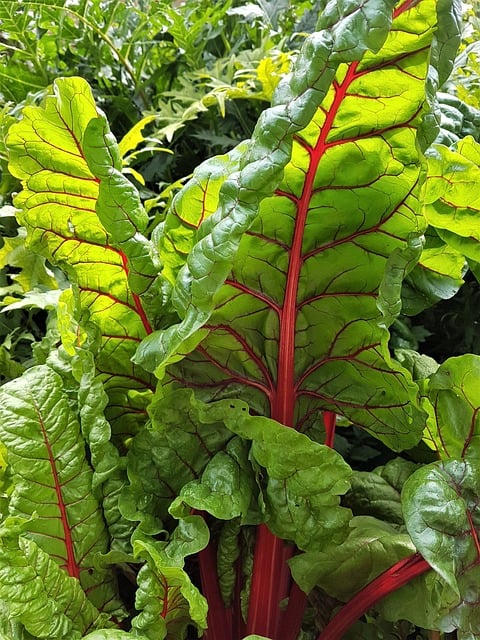
Chard is a leafy green vegetable that is closely related to spinach and beet greens. It grows best in full sun but can also tolerate partial shade. Chard is a cold-hardy vegetable, which means it can withstand frost and even some snow. When planting chard, sow the seeds ¼ inch deep and 12 inches apart. Chard is ready to harvest when the leaves are 6-8 inches long.
Chinese Cabbage
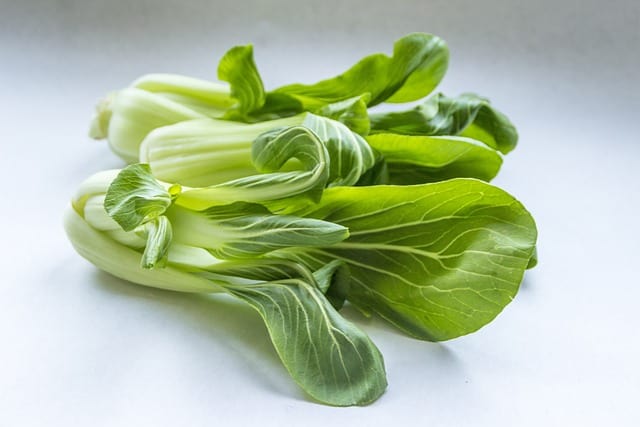
Chinese cabbage is a type of brassica that has crisp, tender leaves and a mild flavor. It grows best in full sun but will also tolerate partial shade. Chinese cabbage is a cool-weather crop, so it should be planted in early fall for a winter harvest. Sow the seeds ½ inch deep and 18 inches apart. The seedlings will be ready to thin in 4-6 weeks. When the plants are 6-8 inches tall, they can be transplanted to their final spacing of 12-18 inches apart. Chinese cabbage is ready to harvest 60-70 days after planting.
Collards
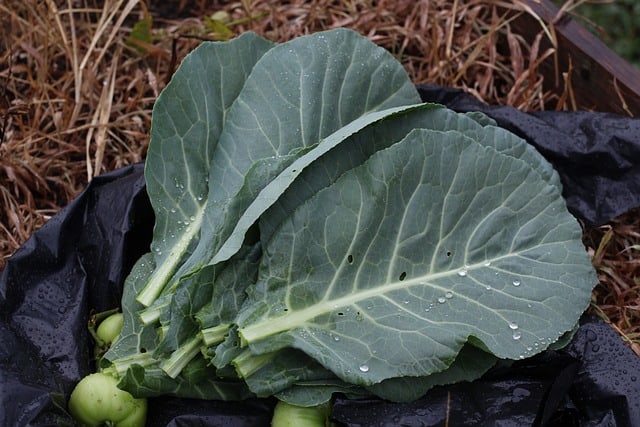
Collards are a type of cabbage with dark green, slightly bitter leaves. They grow best in full sun but will also tolerate partial shade. Collards are a cold-hardy crop and can withstand frost and light snowfall. Sow the seeds ½ inch deep and 18 inches apart. The seedlings will be ready to thin in 4-6 weeks. When the plants are 6-8 inches tall, they can be transplanted to their final spacing of 12-18 inches apart. Collards are ready to harvest 60-70 days after planting.
Endive
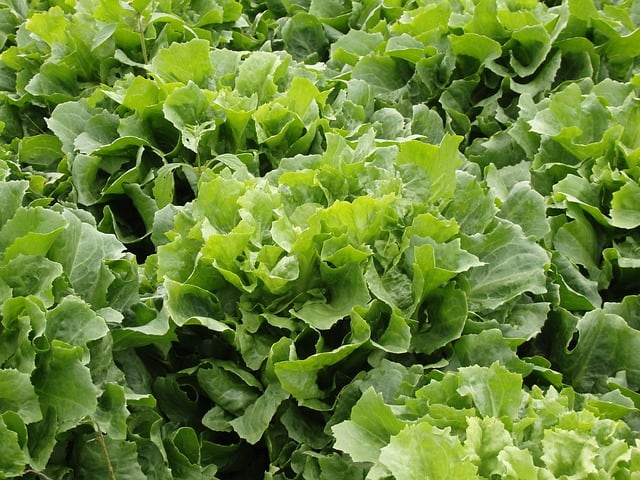
Endive is a leafy green vegetable that belongs to the chicory family. It has a slightly bitter taste and is often used in salads or as a garnish. Endive can be grown from seed or transplanted from starts. When planting endive, make sure to choose a location that gets full sun and has well-drained soil. Endive is a cool-weather crop and should be planted in early November, so it has time to mature before the weather gets too cold.
Kale
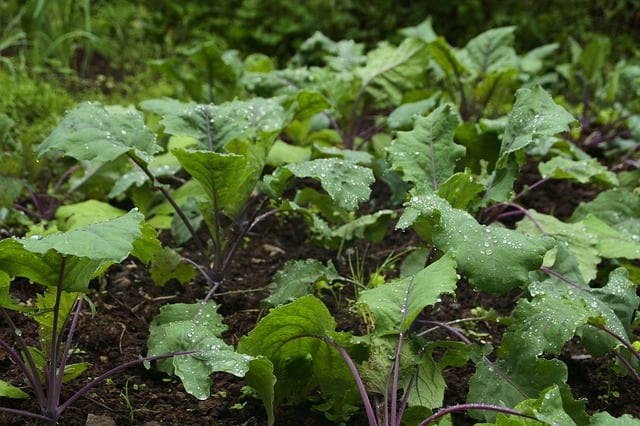
Kale is a nutrient-rich leafy green that can be used in a variety of dishes. It has a slightly bitter taste and is often used in salads, soups, or sautéed as a side dish. Kale can be grown from seed or transplanted from starts. When planting kale, make sure to choose a location that gets full sun and has rich, well-drained soil. Kale is a cool-weather crop and should be planted in early November, so it has time to mature before the weather gets too cold.
Lettuce
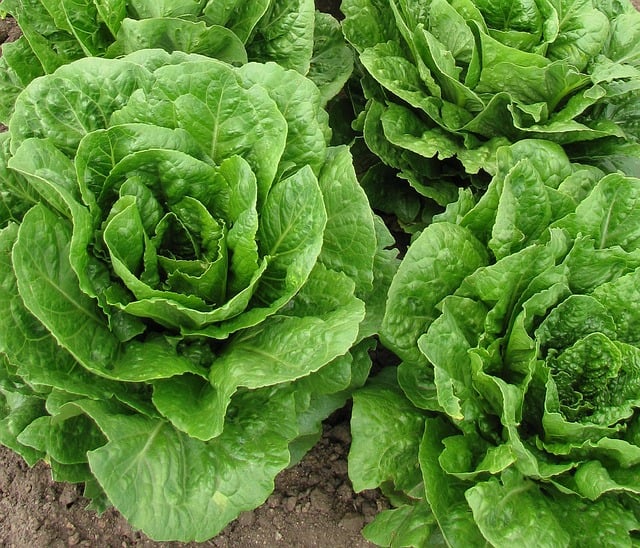
Lettuce is a cool-weather crop that can be planted as early as September in some parts of the country. For best results, choose a variety of lettuce that is suited for cooler temperatures, such as iceberg or romaine. Lettuce prefers full sun but will also do well in partial shade. Water regularly and fertilize every 2-3 weeks.
Parsley

Parsley is another cool-weather crop that can be planted in November. It prefers full sun but will also do well in partial shade. Water regularly and fertilize every 2-3 weeks. When harvesting parsley, cut the leaves from the stem, leaving about 2 inches of stem attached to the plant. This will encourage new growth.
Radish
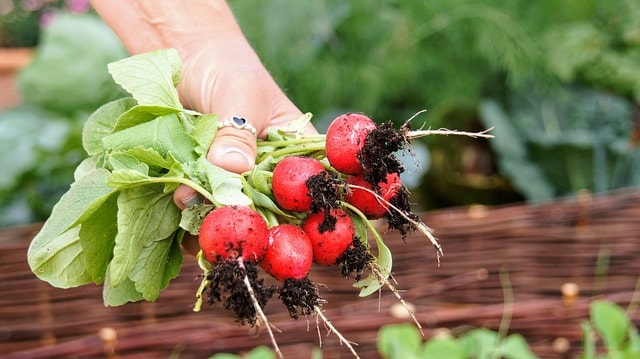
Radishes are fast-growing vegetables that can be planted in November. They prefer full sun but will also do well in partial shade. Water regularly and fertilize every 2-3 weeks. Radishes are ready to harvest when they are about 1-2 inches in diameter. To harvest, pull the radish gently from the ground, taking care not to damage the roots of nearby plants.
Rutabaga

Rutabaga is a root vegetable that is similar to a turnip but larger and sweeter. It’s perfect for roasting or mashing and makes a delicious addition to soups and stews. Rutabaga can be planted in November and will be ready to harvest in late winter or early spring.
Salsify
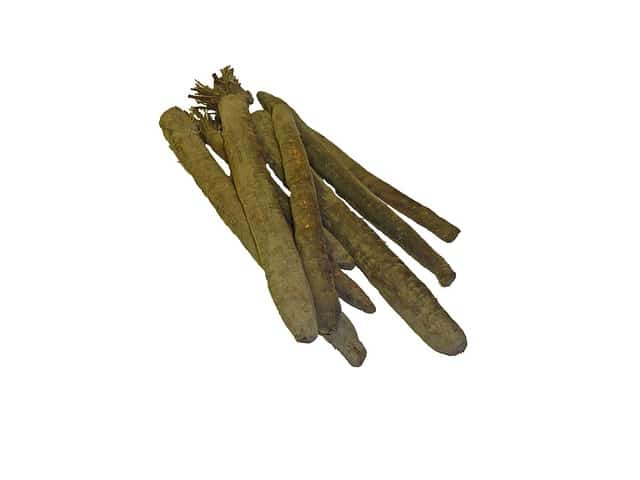
Salsify is a type of root vegetable that resembles a long, thin carrot. It has white flesh with a slightly sweet flavor. Salsify can be eaten raw or cooked and makes a great addition to salads. Salsify can be planted in November and will be ready to harvest in late winter or early spring.
Spinach
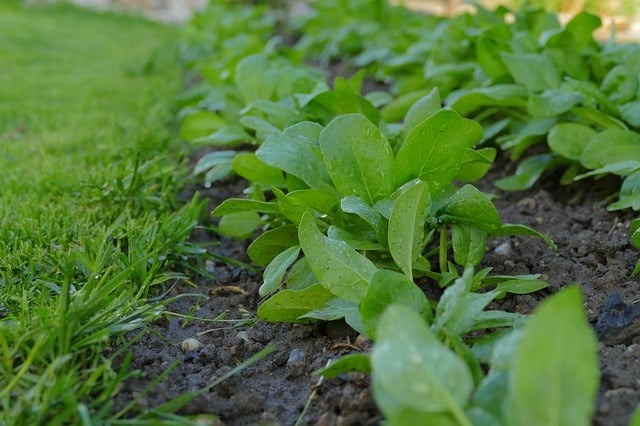
Spinach is a nutrient-rich leafy green vegetable that is packed with nutrients. It can be eaten raw or cooked and is delicious in salads, soups, and stir-fries. Spinach can be planted in November and will be ready to harvest in late winter or early spring.


